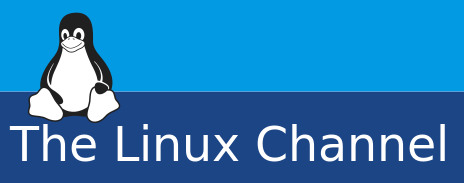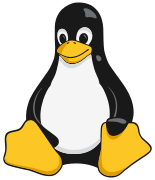Videos :: The Linux Channel

Video Episodes :: Linux Kernel Network Programming

Thursday' 19-Oct-2023

Thursday' 19-Oct-2023

Friday' 20-Oct-2023

Friday' 20-Oct-2023

Saturday' 13-Mar-2021

Monday' 23-Oct-2023

Saturday' 13-Mar-2021

Thursday' 19-Oct-2023

Friday' 20-Oct-2023

Thursday' 26-Oct-2023
Join The Linux Channel :: Facebook Group ↗
Visit The Linux Channel :: on Youtube ↗
💗 Help shape the future: Sponsor/Donate
Recommended Topics:
Featured Video:
Trending Video:
Recommended Video:














